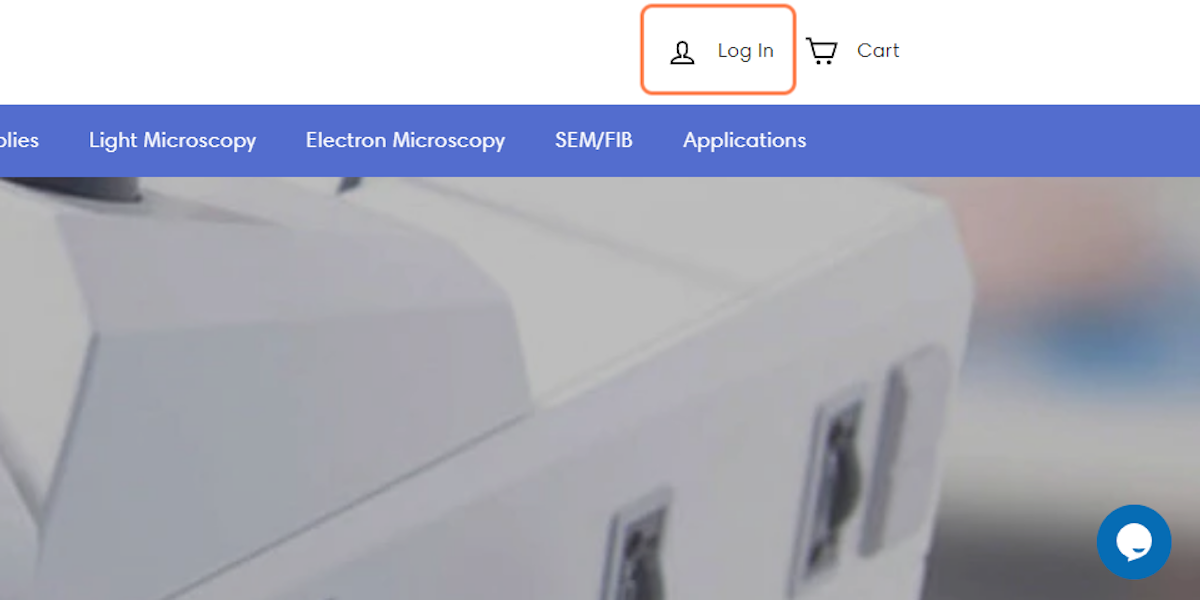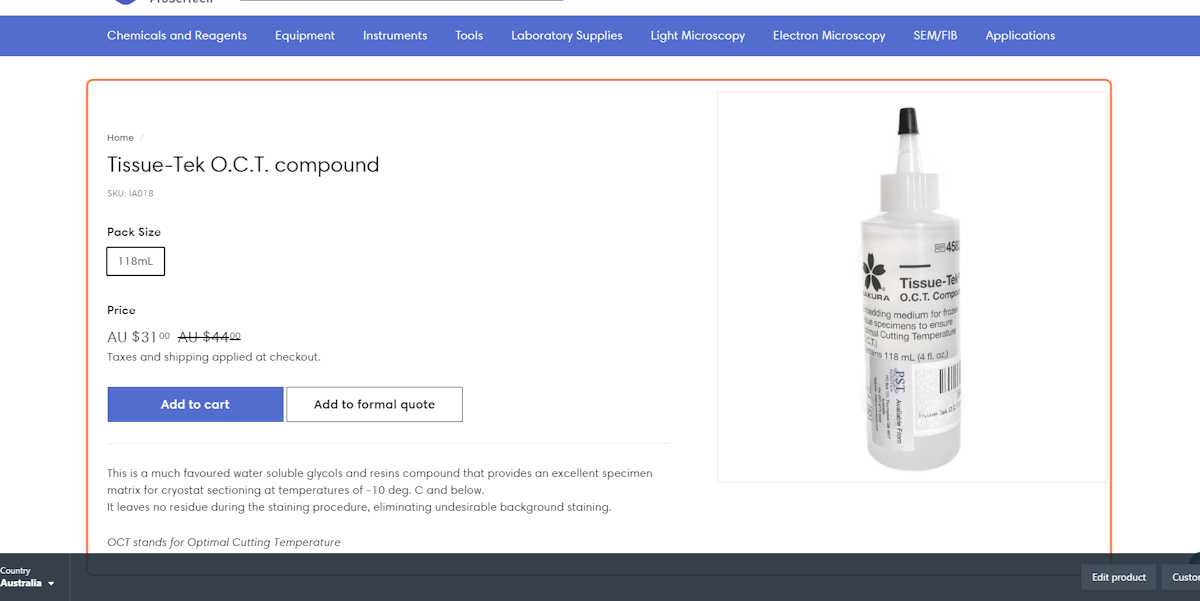Halogen light bulb, transmitted light, non-branded
Halogen light bulb, transmitted light, non-branded
Taxes and shipping applied at checkout.
We stock a limited range of lamps and fuses which suit our microscopes and other light sources. They may also suit other suppliers' instruments. Particularly our fluorescent bulbs are a great buy and will work in many fluorescent microscopes.
We sell replacement bulbs for our microscopes and they may fit other microscope brands. We provide measurements and images to identify if our bulbs will fit your scope. It is not worth returning a single bulb because it does not suit, and our shipping charge makes ordering one bulb only economic when ordered with other goods.
Modern point light source bulbs for microscopes are available in two sizes, which are standard for 6V and 12V supplies. We have encountered a 6V bulb in the 12V size, but that is another manufacturer's idea on standards and we cannot help with these.
The brightness control on a microscope changes the voltage output and typically a 6V system will go to 7.8V. This over-voltage produces a lot of extra brightness (but shortening lamp-life) and brings the colour temperature closer to daylight. This was important when film was used, but with digital cameras colour temperature matters little. Colour can be adjusted by sliding a piece of white paper into the beam path and then select "white-balance" in the camera's programme. Over-voltage greatly reduces lamp life. Also, it is better if the voltage control is returned to low, prior to turning off, as there is a higher likelihood that filaments will fly off their pins when switched on while in over-voltage.
Power consumption of any lamp is expressed in Watts. Any wattage lamp with the appropriate fitting and voltage can be used, but only to the maximum the instrument's transformer allows. Otherwise the transformer is overloaded and may burn out.
LED illumination in microscopy. LEDs use little power, furnish near white-light and bulb life is long. Not all LEDs can be varied in intensity and none provide a point source which is a requirement for Köhler illumination. This gives compound microscopes best resolution and contrast. LED illumination for transmitted light microscopes is nonsense, and for stereomicroscopes, the popular LED ringlights are ideal for shadowless illumination. For other illumination from above using stereomicroscopes the main advantage of LED is that they are cheaper to produce.
| Code | Electrical | Power | Microscopes | Pin type |
| OBH006-020T | 6V | 20W | OXJS500T, OXJS900T/ PHC, OXTL6445, OXJP302/304, OXJM904, OXJF series | G4 |
| OBH006-020TO | ||||
| OBH006-030T | 30W | OXJS500T, OXJS900T/ PHC, OXTL6445, OXJP302/304, OXJM904, OXJF series | G4 | |
| OBH006-030TO | ||||
| OBH012-010R | 12V | 10W | ||
| OBH012-015T | 15W | OXTL6445 | G4 | |
| OBH012-015R | 15W | OXTL6445 | G4 |
OBH006-030T is the same as Philips 5761 (6V/30W) G4 (Miniature 2-Pin)
Catalogue numbers with a "R" suffix means that the a halogen bulb has a dichroic reflector.
OBH012-010R has a pin distance of 5mm.
OBH012-015R has a pin distance of 4.1mm.
Replacement Mercury UV lamp for fluorescence microscopy
Replacement cold fibre light bulb


















